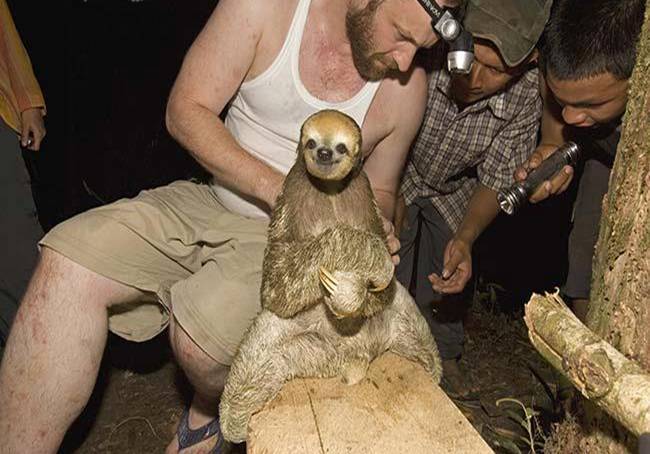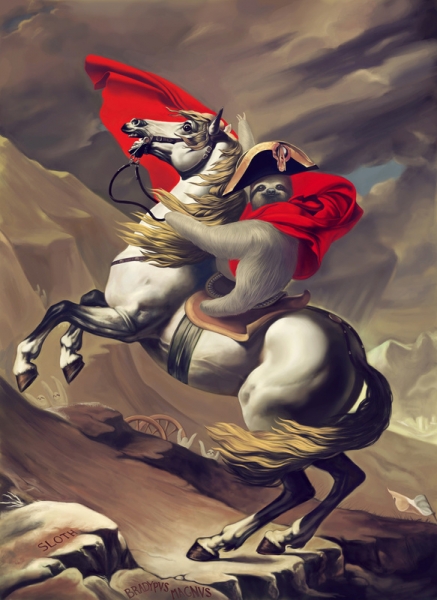Scientists studying sloths have recognized a syndrome of mutualism between sloths, moths and algae, that could explain how the sloth overcomes its “laid-back” lifestyle.
We discovered that sloths consumed algae from their fur, which was highly digestible and lipid-rich. By descending a tree to defecate, sloths transport moths to their oviposition sites in sloth dung, which facilitates moth colonization of sloth fur. Moths are portals for nutrients, increasing nitrogen levels in sloth fur, which fuels algal growth. Sloths consume these algae-gardens, presumably to augment their limited diet. These linked mutualisms between moths, sloths and algae appear to aid the sloth in overcoming a highly constrained lifestyle.
The original journal paper can be downloaded from here, or you can watch this short YouTube clip explaining it in layman’s terms!




